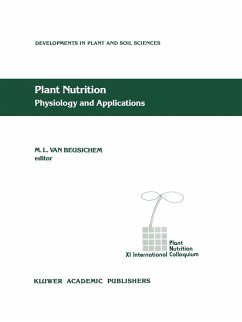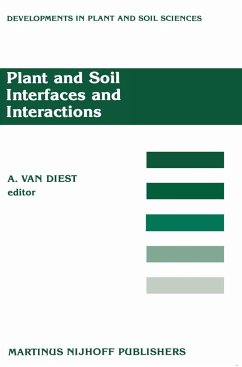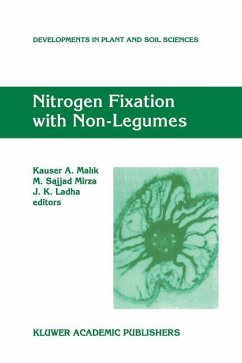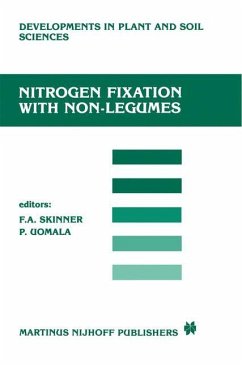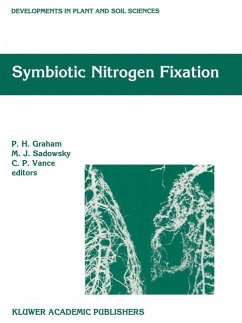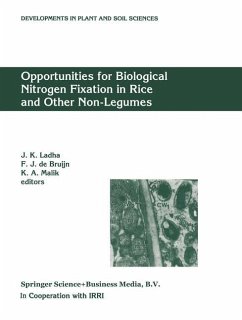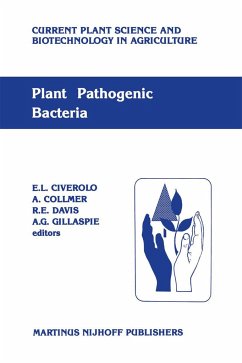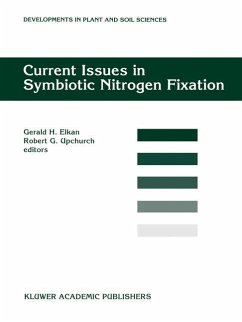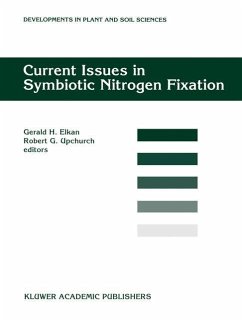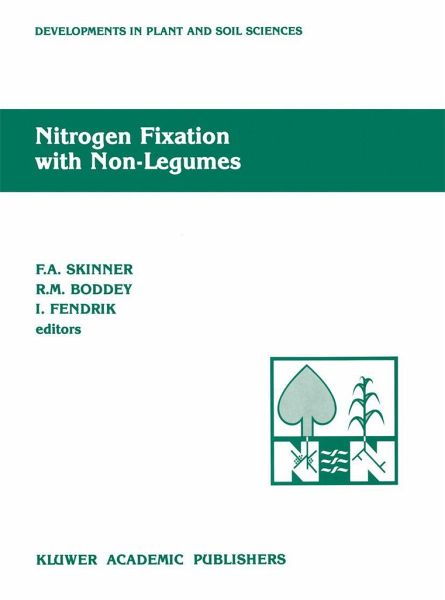
Nitrogen Fixation with Non-Legumes
The Fourth International Symposium on 'nitrogen Fixation with Non-Legumes', Rio de Janeiro, 23-28 August 1987
Herausgegeben: Skinner, F. A.; Boddey, Robert M.; Fendrik, I.
Versandkostenfrei!
Versandfertig in über 4 Wochen
93,99 €
inkl. MwSt.

PAYBACK Punkte
47 °P sammeln!
Proceedings of the 4th International Symposium on Nitrogen Fixation with Non-Legumes, Rio de Janeiro, Brazil, August 23-28, 1987



